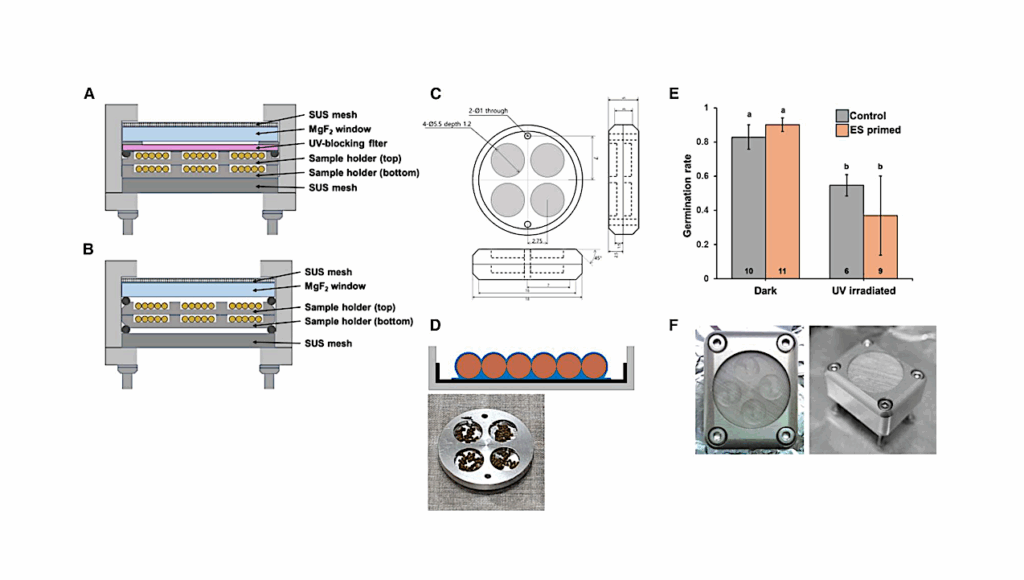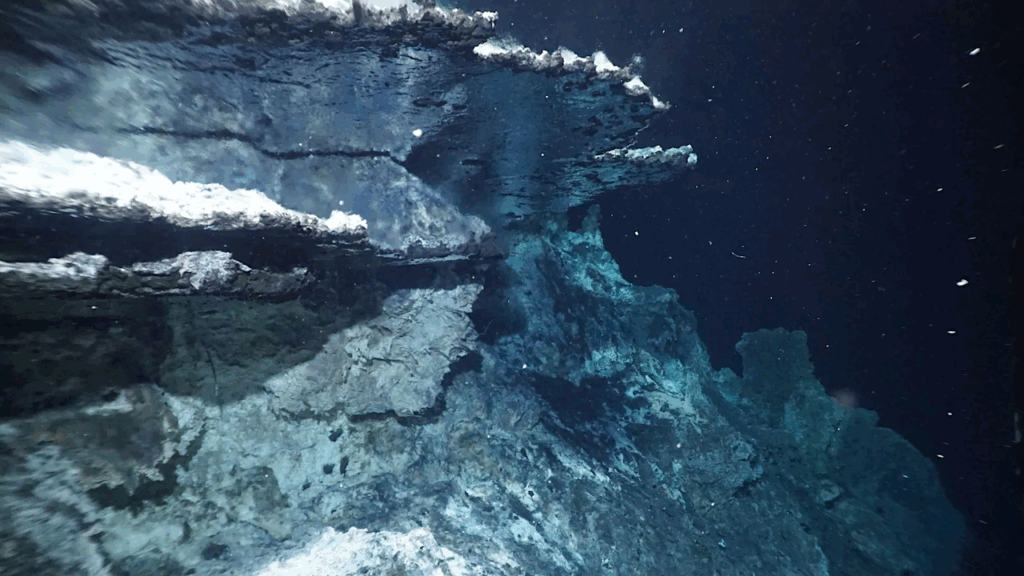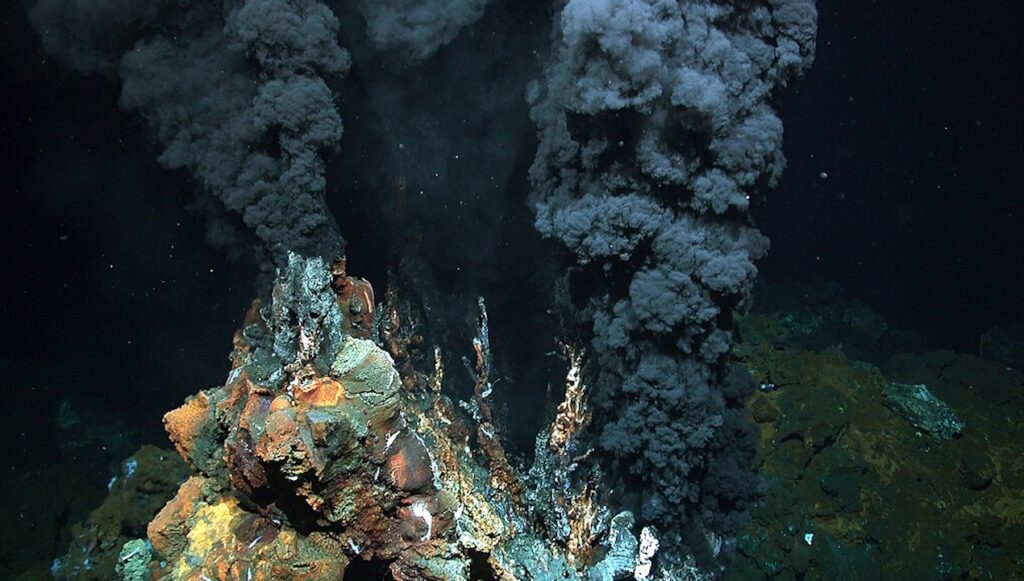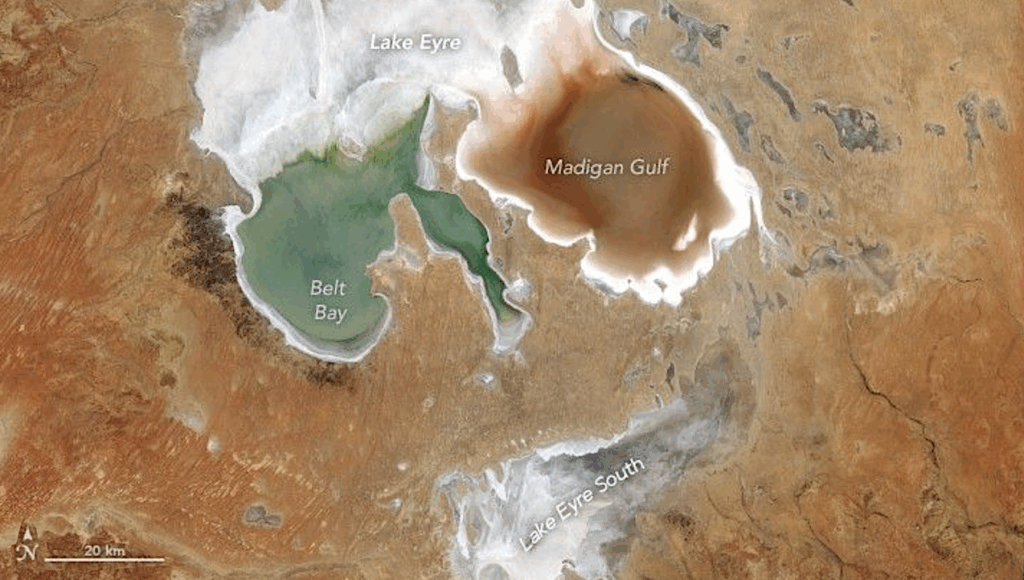Isotopic Composition of Methane and Inferred Methanogenic Substrates Along a Salinity Gradient in a Hypersaline Microbial Mat System
The importance of hypersaline environments over geological time, the discovery of similar habitats on Mars, and the importance of methane as a biosignature gas combine to compel an understanding of the factors important in controlling methane released from hypersaline microbial mat environments. To further this understanding, changes in stable carbon isotopes of methane and possible methanogenic substrates in microbial mat communities were investigated as a function of salinity here on Earth. Microbial mats were sampled from four different field sites located within salterns in Baja California Sur, Mexico. Salinities ranged from 50 to 106 parts per thousand (ppt).
Pore water and microbial mat samples were analyzed for the carbon isotopic composition of dissolved methane, dissolved inorganic carbon (DIC), and mat material (particulate organic carbon or POC). The POC 13C values ranged from 6.7 to 13.5 0/00, and DIC 13C values ranged from 1.4 to 9.6 0/00. These values were similar to previously reported values. The 13C values of methane ranged from 49.6 to 74.1 0/00; the methane most enriched in 13C was obtained from the highest salinity area. The apparent fractionation factors between methane and DIC, and between methane and POC, within the mats were also determined and were found to change with salinity. The apparent fractionation factors ranged from 1.042 to 1.077 when calculated using DIC and from 1.038 to 1.068 when calculated using POC.
The highest-salinity area showed the least fractionation, the moderate-salinity area showed the highest fractionation, and the lower-salinity sites showed fractionations that were intermediate. These differences in fractionation are most likely due to changes in the dominant methanogenic pathways and substrates used at the different sites because of salinity differences.
Key Words: Hypersaline microbial mats–Methane stable isotopes–Apparent fractionation factors–Methanogenic pathways.
Astrobiology. May 2009, 9(4): 383-390.
http://www.liebertonline.com/doi/pdfplus/10.1089/ast.2008.0260








